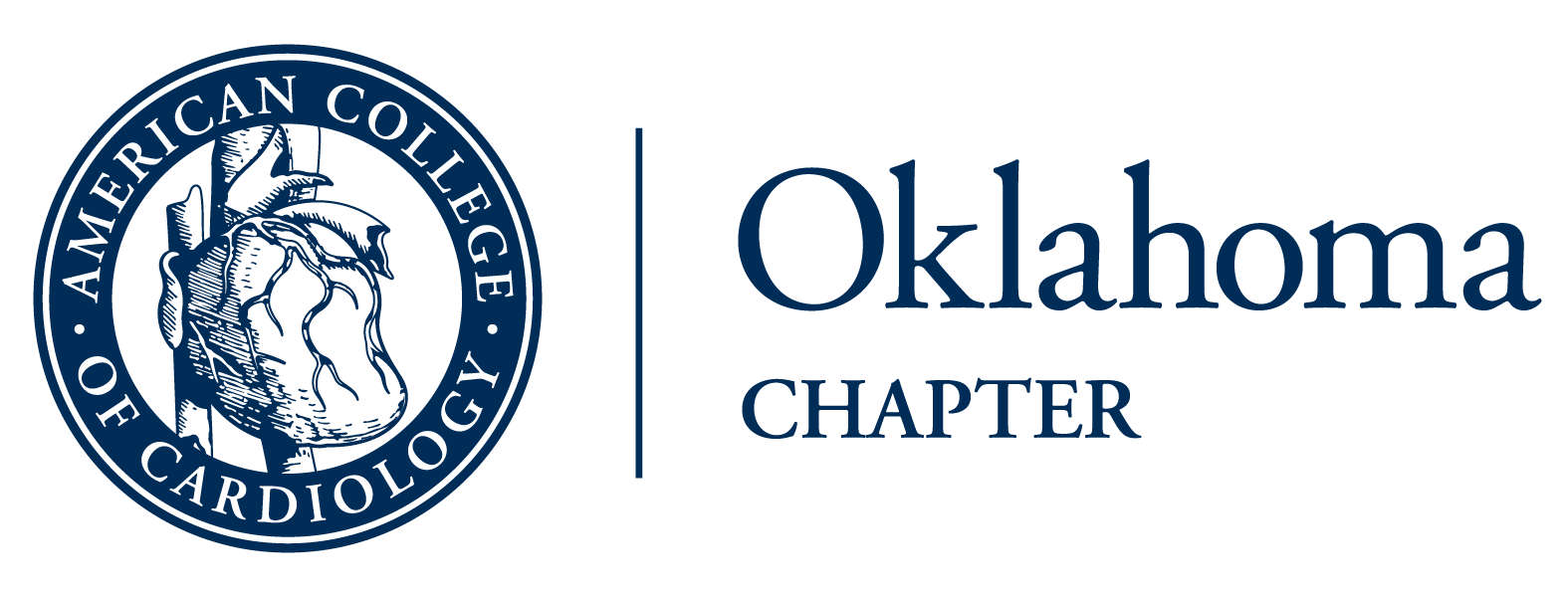2021 Annual Scientific Session Meeting Summary |
Cardiovascular Effects of Cancer Therapies: How Do We Diagnose and Treat in 2021 Dr. Ana Barac, M.D., Ph.D., F.A.C.C. Director, Cardio-Oncology Program | Dr.Barac kicked off the session with an update on the current challenges in cancer patients receiving cardiotoxic chemotherapy. One of the major emphasis was on the newer definitions of cardiotoxicity and the challenges with cardiac imaging in patients with breast cancer who undergo mastectomy and breast implants. Dr. Barac stated that breast implants lead to technical difficulty in assessing the left ventricular ejection fraction accurately using 2 D echocardiography. With new breast implants cardiac MRI is also challenging for up to 6 months post-surgery. Dr. Barac also presented data supporting the use of global longitudinal strain abnormality. As a biomarker of future drop in LVEF in patients receiving cardiotoxic chemotherapy (anthracycline based and HER2 receptor antagonists such as Trastuzumab/Pertuzumab) for breast cancer, lymphoma and certain other malignancies . She emphasized that there is potentially a role for the use of beta blockers and/or ACE inhibitors (blood pressure permitting) to prevent a further drop in left ventricular ejection fraction. Dr. Barac provided an update on immune checkpoint inhibitor associated myocarditis (rare with < 1% incidence) and emphasized the utility of both cardiac MRI and endomyocardial biopsy for the diagnosis. She summarized by stating that there is a growing unmet need for further development of this field of cardio oncology and allocation of resources for both clinical and research purposes to effectively identify patients at risk of cardiotoxicity and to develop cardio safe treatment strategies and therapies to continue to improve survival in cancer patients. |
Is Earlier Consideration of Atrial Fibrillation Catheter Ablation Beneficial for Patients? Sana M. Al-Khatib, M.D., M.H.S., F.A.C.C. Professor of Medicine | Dr. Al-Khatib provided a very detailed overview of all the major clinical trials of radiofrequency catheter ablation in paroxysmal atrial fibrillation ablation in patients with heart failure with reduced ejection fraction. She focused on major trials such as CASTLE AF, CABANA, EARLY AF NET, EARLY AF and LVEF trial. Dr. Katab summarized all of these trials and concluded that an individualized approach needs to be employed for every patient with paroxysmal atrial fibrillation and heart failure with reduced ejection fraction in order to ensure successful outcomes. She stated that prior to radiofrequency catheter ablation, strict risk factor control strategy should be employed to control hypertension, obesity and obstructive sleep apnea. Specifically, she stated that in those with paroxysmal atrial fibrillation and in selected cases of persistent atrial fibrillation with no significant left atrial myopathy or fibrosis or underlying significant structural heart disease, radiofrequency catheter ablation could provide symptom relief and a reduction in cardiovascular hospitalizations. She emphasized that the trials do not point to a significant mortality reduction with the use of early catheter-based ablation in HFrEF patients with paroxysmal atrial fibrillation. When posed a question on use of catheter ablation in morbid obesity patient's Dr. Katab stated that her approach would be to delay such procedures in those who are greater than 300 pounds and such group could benefit from referral to bariatric surgery program. She also clarified the current definitions of atrial fibrillation and summarized as follows: #1 paroxysmal atrial fibrillation-patient is going in and out of atrial fibrillation on their own with no assisted medical therapies, #2 persistent atrial fibrillation-group of patients requiring cardioversion to get them out of atrial fibrillation, #3 longstanding persistent atrial fibrillation-group of patients who have had atrial fibrillation for at least 1 year and #4 permanent atrial fibrillation-where decision has been taken by the patient and the provider to remain in atrial fibrillation. |
Omega-3 Fatty Acids-Role in CV Prevention Amit Khera, M.D., M.Sc., F.A.C.C. Professor of Medicine | Dr. Khera presented an update on the current controversies associated with the use of both prescription and nonprescription, omega-3 fatty acid supplements, to reduce cardiovascular adverse events. Dr. Khera provided an overview on the use of EPA and DHA fish oil. He stated that there are several commercial formulations in use such as Vascepa (which has 1 g of EPA), Lovaza (as a combination of EPA plus DHA). He summarized all the major trials associated with the use of omega-3 fatty acids and cardiovascular disease prevention such as ASCEND, VITAL, REDUCE IT, EVAPORATE, STRENGTH, JELLID study. While each of these trials used different formulations of EPA and DHA and assessed endpoints which were nonuniform Dr. Khera helped summarize the data in recommending the following strategy for providers encountering patients specifically with elevated triglyceride levels. He also emphasized that the fish oil supplements in general (based on the trials mentioned above) are associated with an increased risk of atrial fibrillation and hence patients need to be informed about the potential risks prior to initiation of treatment. |
| Summary Prepared by: Tarun W. Dasari, M.D., M.P.H., F.A.C.C., F.H.F.S.A. |

